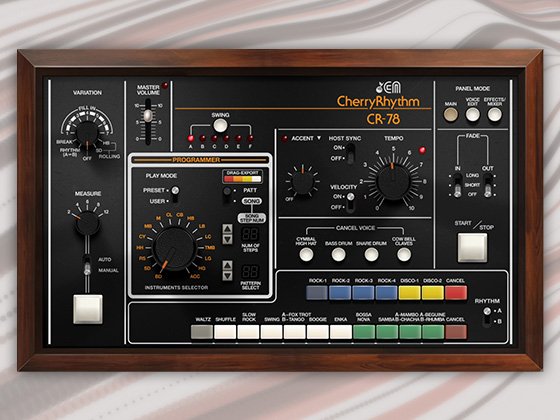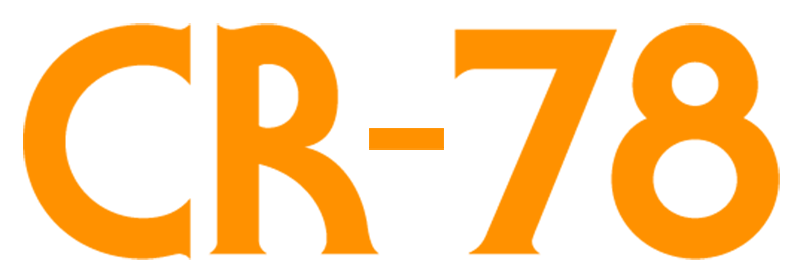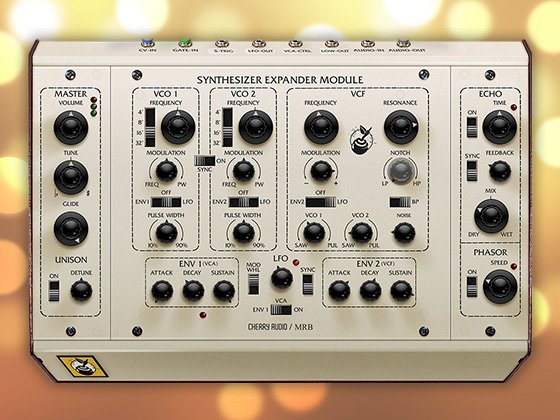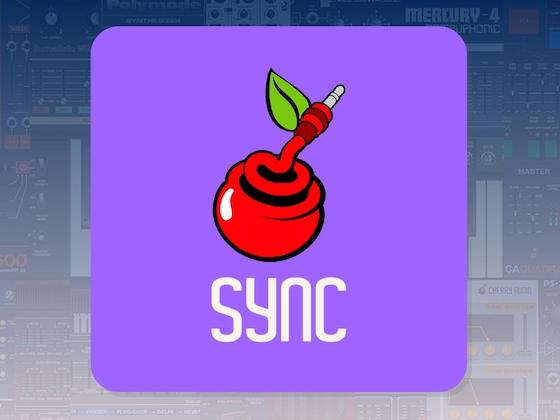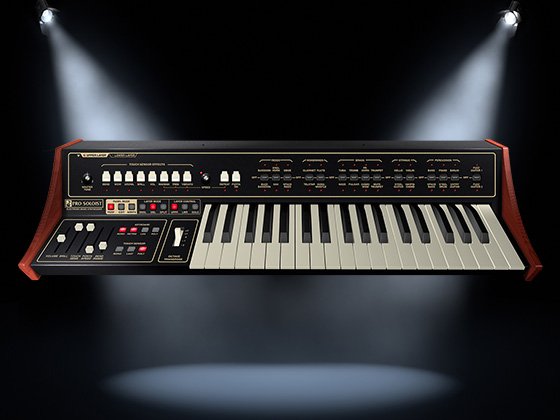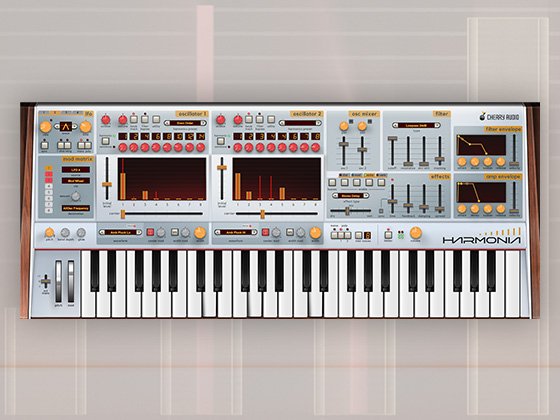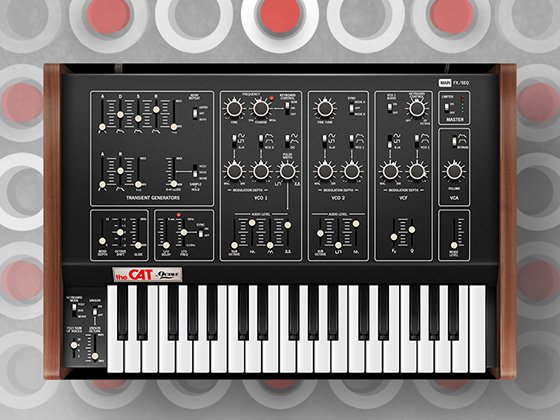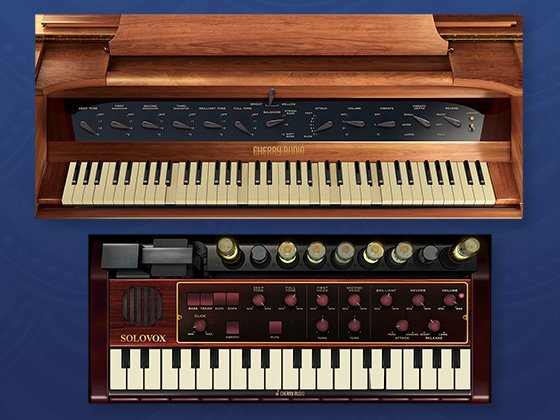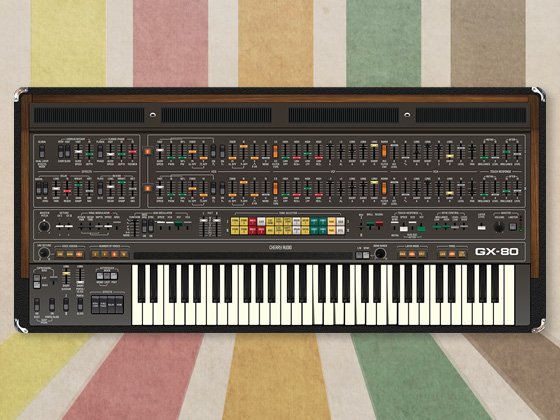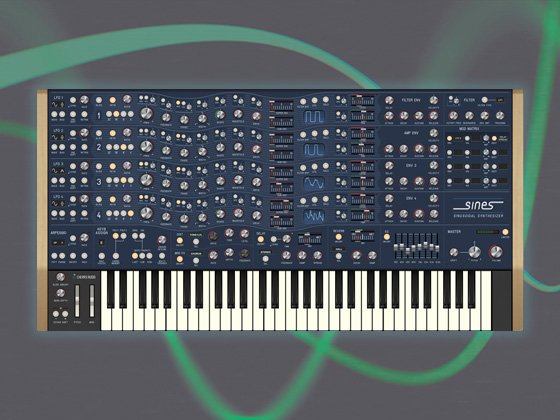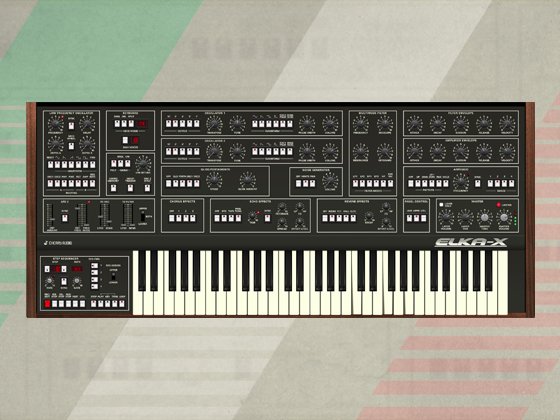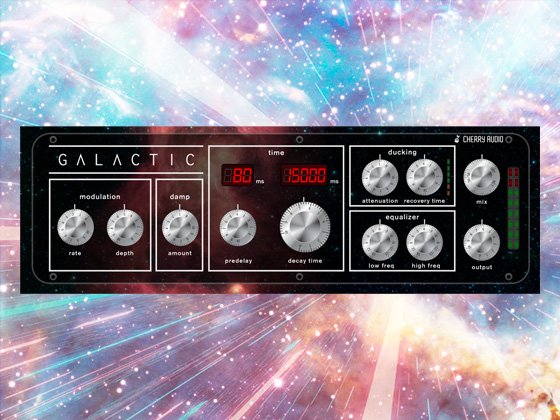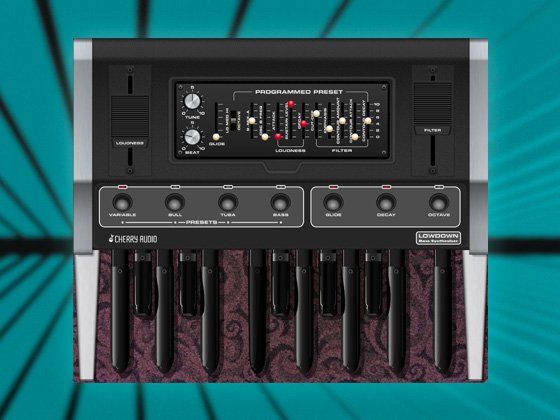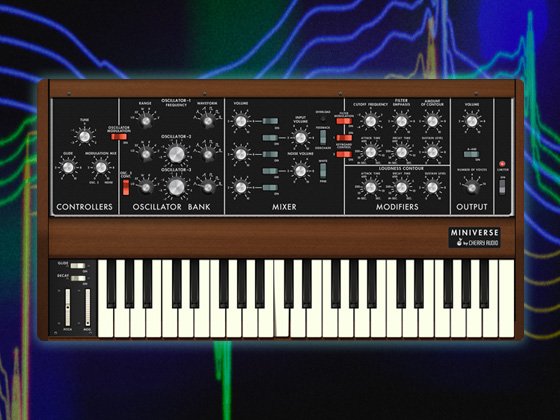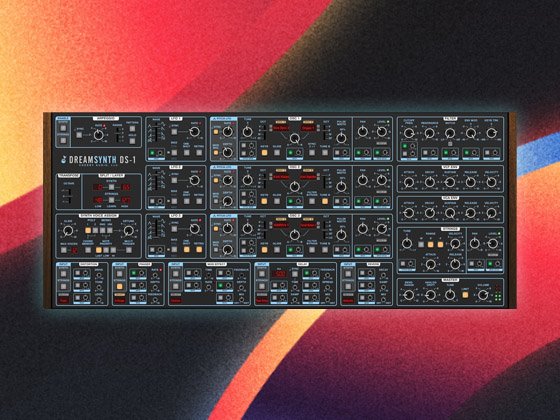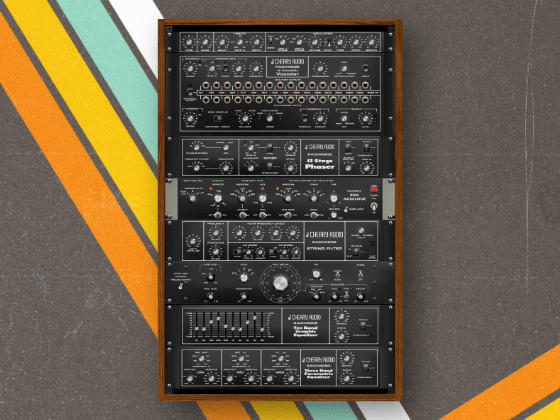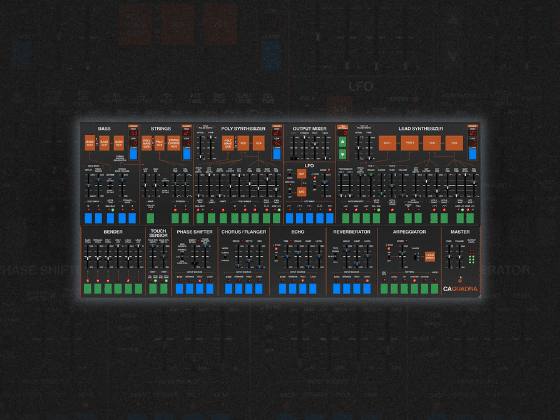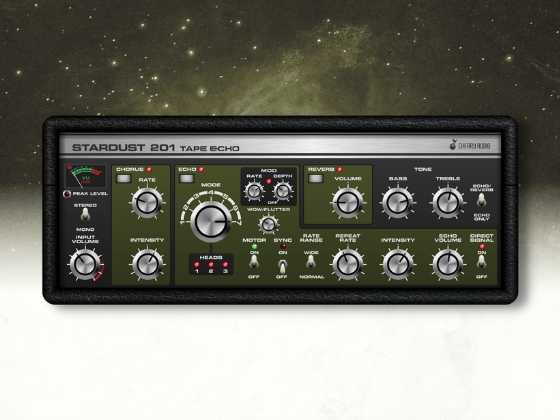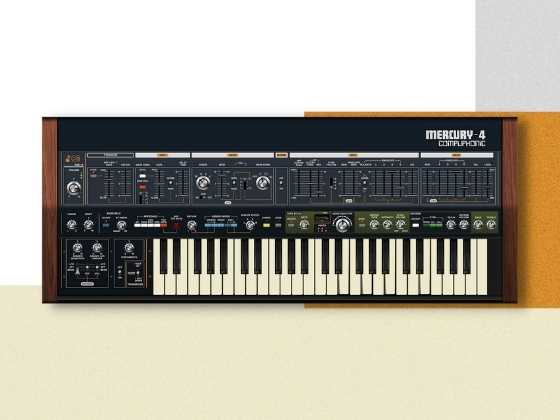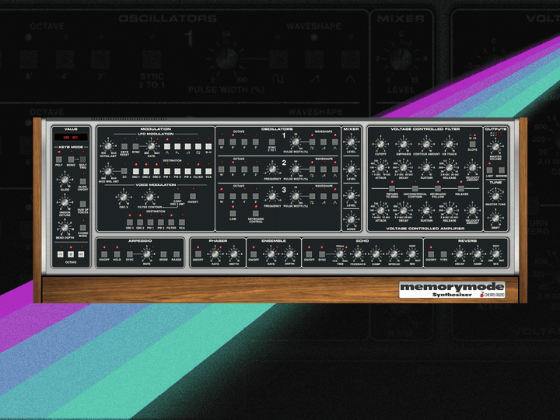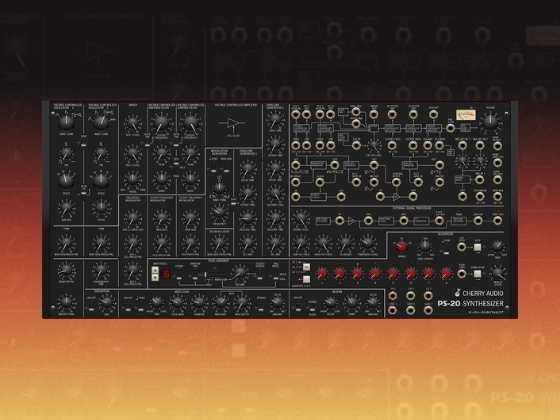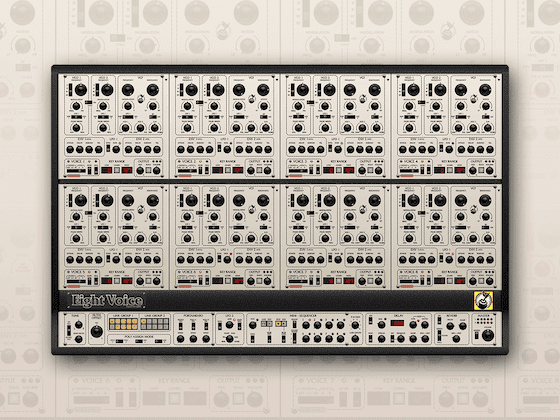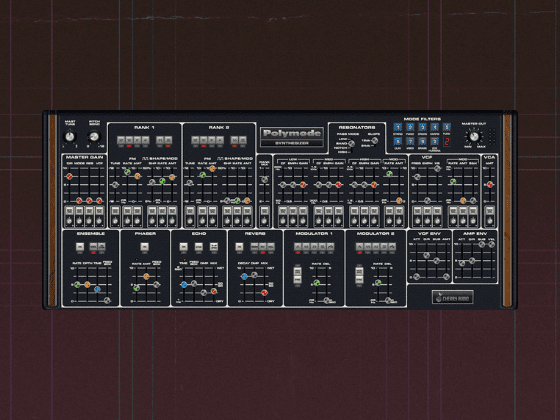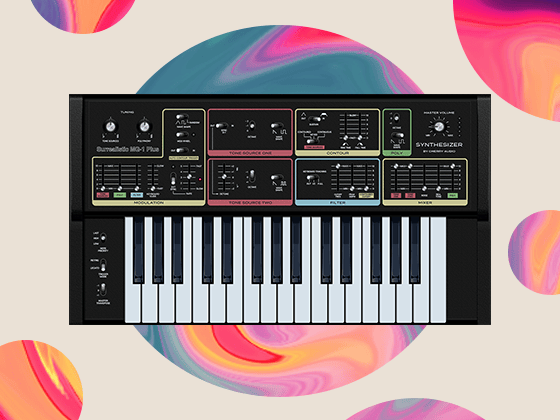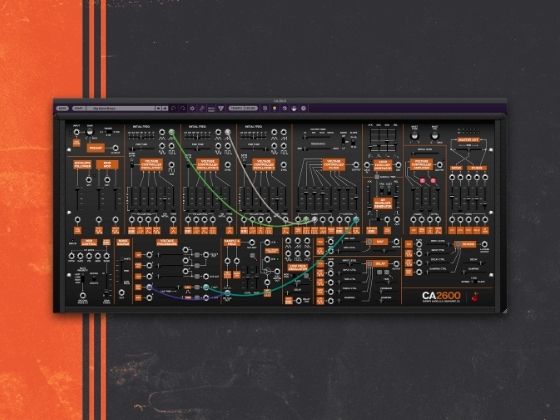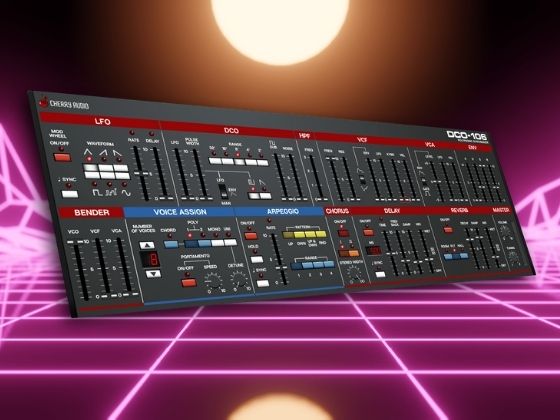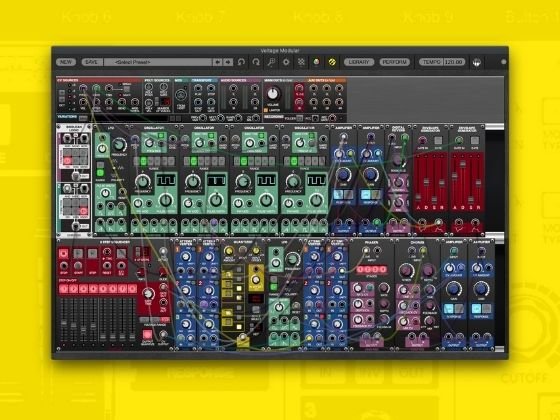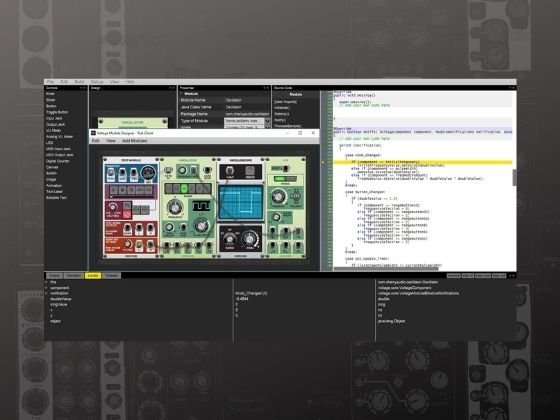Manufacturer: Playertron
$49.99 $90.00
A collection of unique sequencers capable of atypical rhythms, chainable into complex networks of autonomous activity, living off the grid or redefining grids readily, and performance-ready for live experimentation, the Complex Pattern Sequencer Assemblage is a toolkit for those who feel like their sequencers are missing a little something.
The Division Sequencer's 32 steps allow long sequences and rhythmic precision, but the most interesting feature is its adjustable downbeats. Activate steps on the top row (yellow) to define extra or fewer downbeats and to separate them with more or fewer subdivisions - downbeats with three steps between them now allow for triplets and five steps between downbeats creates quintuplet subdivisions for that beat, while having five total beats can put you in 5/4 time… and all of this allows for complex rhythmic variation with the easy of a normally rigid step sequencer. In addition, you’ll find deeper features for using triggers to jump around within a pattern or to switch patterns, buttons for tapping rhythms into lanes and for inverting selections, and more. The Black Edition offers an alternative workflow and additional features, it can be linked for supergroups of multiple units, and it fits in less hp.
The Sonar Sequencer is what it sounds like it is. It's also a lot like a turntable, rotating in a loop, where you draw lines within the concentric circles upon which the "tonearm" sends a pulse to trigger a rhythm. It's unquantized, so you get rhythms with the feel of a drum break, containing minute tempo deviations but within a perfectly locked loop that brings it all together. With a totally different workflow than a traditional step sequencer, you have intuitive access to complex rhythms and uncharted ideas, and it's especially good for getting one out of a rut.
The Fractional Sequencer acts as either a quick and simple trigger sequencer or an infinitely chainable and branchable step sequencer with variable step subdivisions (not unlike the Division Sequencer) and tempos. Another great use-case is treating a unit as a gate-activated rhythm snippet - with another Fractional Sequencer (or other gate sequencer), a MIDI Actuator connected to a midi keyboard, or even just square waves from LFOs, you can deploy rhythmic snippets in complex ways, for a result that’s sort of like a hybrid between step sequencing and cue jumping on a turntable.
The Unquantized Sequencing Spindle establishes a continuous loop and uses dials to position moments along that loop, producing trigger pulses. Those positions are unquantized for free rhythmic latitude, allowing complex barrages, off-kilter hesitations, human-styled swings, and serendipitous patterns. Unlike merely not quantizing performances, this dial-based approach allows for patient refining and experimentation to support purposeful results that aren’t limited by reflexes and controllers. You’ll find jacks for changing patterns with triggers, for syncing multiple devices, for automating pattern length changes with glide for ratcheting, muting, and so on.
The Unquantized PITCH-Sequencing Spindle takes the same concept and allows you to specify notes so that your unquantized rhythms can also define melodies. The output pitch CV can also be unquantized (there is a quantize button that snaps them to standard equal temper tuning if you like though) for interesting detunings, cool non-equal temper tunings, and off-the-path melodies that are typically left to the imperfections of nonelectronic music. It’s also a great way to compose by ear and free yourself from your own cliches that habitually reemerge on a familiar keyboard.
The Micelle Note Sequencer complements the crew with quantized pitch sequencing, while also having a built in envelope generator so that various patterns can have different envelope characteristics. Jump between staccato and legato patterns, alternate slow attacks with fast ones, and make copies of patterns with different envelope characteristics for nimble variations.
The Active Key MIDI Sequencer is for real-time sequencing via MIDI keyboard. Each key corresponds to a step, and you hold/sustain those keys down to create a pattern (in an x0x-style layout). Rather than programming a beat ahead of time, it's more like the rhythm equivalent to playing a chord - you put your hands across the keys and out comes a rhythm. It has onboard settings to define the number of steps and to place the sequence on particular octaves, which makes it easy to have various octaves go toward different drums or other destinations.
The Cycle Sequencer changes the relationship between the sequencer and its destination. Here, each step outputs a pulse, following a circle (including divisions for thirds), and you wire up the steps to drums and such. Thus, it encourages creating dynamic CV events on a step-basis and offers generalized connectivity across the rack. Wire up drums to various steps, but also wire envelope generators, LFO reset jacks, effects bypass toggles, and so on... The run switch is CV controllable, so to create various patterns, you use multiple copies of the device, using gates to turn them on/off in turn (perhaps from another sequencer or the MIDI actuator).
You can sequence tempo changes with the BPM Sequencer. It outputs a clock, and when it gets a pulse or you advance it via the interface, it advances to a new the next BPM. There are also jacks to just go right to a particular BPM (via trigger) rather than stepping through them. And, you can turn steps on/off to create BPM sequences of 6 steps or fewer.
The Cellular Automator is a bit weirder than the rest. It is an oscillator bundled into an envelope/amp, which is triggered to play its note. Sure, you can think of it as a triggerable note, but also, you can chain them like dominoes, where each triggers the next and you can create beautiful cascades, branches, and loops of generative melody and harmony.
A relay is like a switch that connects or disconnects and input to an output. At each step, the Input-Dependent Relay Sequencer can therefore output any kind of signal that you can put into it. If you put CV into each input, then it steps through those voltages; if you put pitch CV in, then you'll get notes; if you put 5V or 0V at any given step, you've got a gate sequencer; if you have various clocks going in, you've got a way to step through tempo changes; and if you send it audio, now your flipping tracks in and out like a dj with a vast set of transform switches. A sequence will be as long as the last connected jack (and you can connect 0V for empty steps too).
The Perpetual MIDI Looper records MIDI notes (and their timing) and plays them back in a loop. You can get more sophisticated with triggering the recording for sync, it can provide a metronome pulse, you can trim the start/end, you can slow or speed up the tempo (and since it's midi, it won't affect the pitch), you can quantize (non-destructively) the sequence, you can adjust the velocity, and you can transpose by semitones.
The Signal Chain Sequencer is for controlling the order of a signal path. You can use it to simply turn a dial to compare various device orders or you can literally send it a pulse to step through various user-defined orders. You can do things like quickly jump from having a delay wired before a filter to having it wired afterward, creating per-step variations that can sound like totally different patches.
When the Accentuator receives a trigger, it creates a transient gain bump in the audio going through the device. Thus, you can add musical accents to any audio, from drums to notes. You can define four different accent levels, and one of them is modulatable for infinite variation. Also, a decay control helps you define the sharpness of the accent.
Great for round-robins and other sorts of random variations, the 2hp Trigger Distributor takes an input trigger and randomly distributes it to up to 6 (depending on how many you connect) destinations. Individual dials let you increase or decrease the odds of a trigger going to any particular output. If the input is left unconnected, an internal clock provides the triggers.
The Gate ID Logic Executor and Recurrence Multiplier & Divider off useful sequencer utilities. The latter has an internal clock (you can use an external one too) from which you can produce clock pulses in multiples or fractions, and you can jump around the various definable factors using triggers for wild rhythmic potential. The former (the logic module) lets you incorporate decision processes in your sequencing (and elsewhere) and is especially useful for harnessing complex assortments of modulators and sequencers to cause other events based on the states of such an assortment. It monitors up to 8 inputs and delivers an output of high or low voltage (knobs allow you to set them) based on the status of these in reference to its switch/button settings.
By combining these various sequencers and utilities, you can produce both traditional and experimental rhythms and melodies. They allow for generative approaches and purposeful precision alike. The Complex Pattern Sequencer Assemblage is designed to push music a little bit out of the box.
Check individual modules for detailed descriptions.
Utility | Playertron
Envelope generators | Playertron
Sequencers | Playertron
Envelope generators | Playertron
Sequencers | Playertron
Sequencers | Playertron
Sequencers | Playertron
Sequencers | Playertron
Processor | Playertron
Sequencers | Playertron
Sequencers | Playertron
MIDI | Playertron
Sequencers | Playertron
Utility | Playertron
Utility | Playertron
Sequencers | Playertron
Sequencers | Playertron
Sequencers | Playertron




















